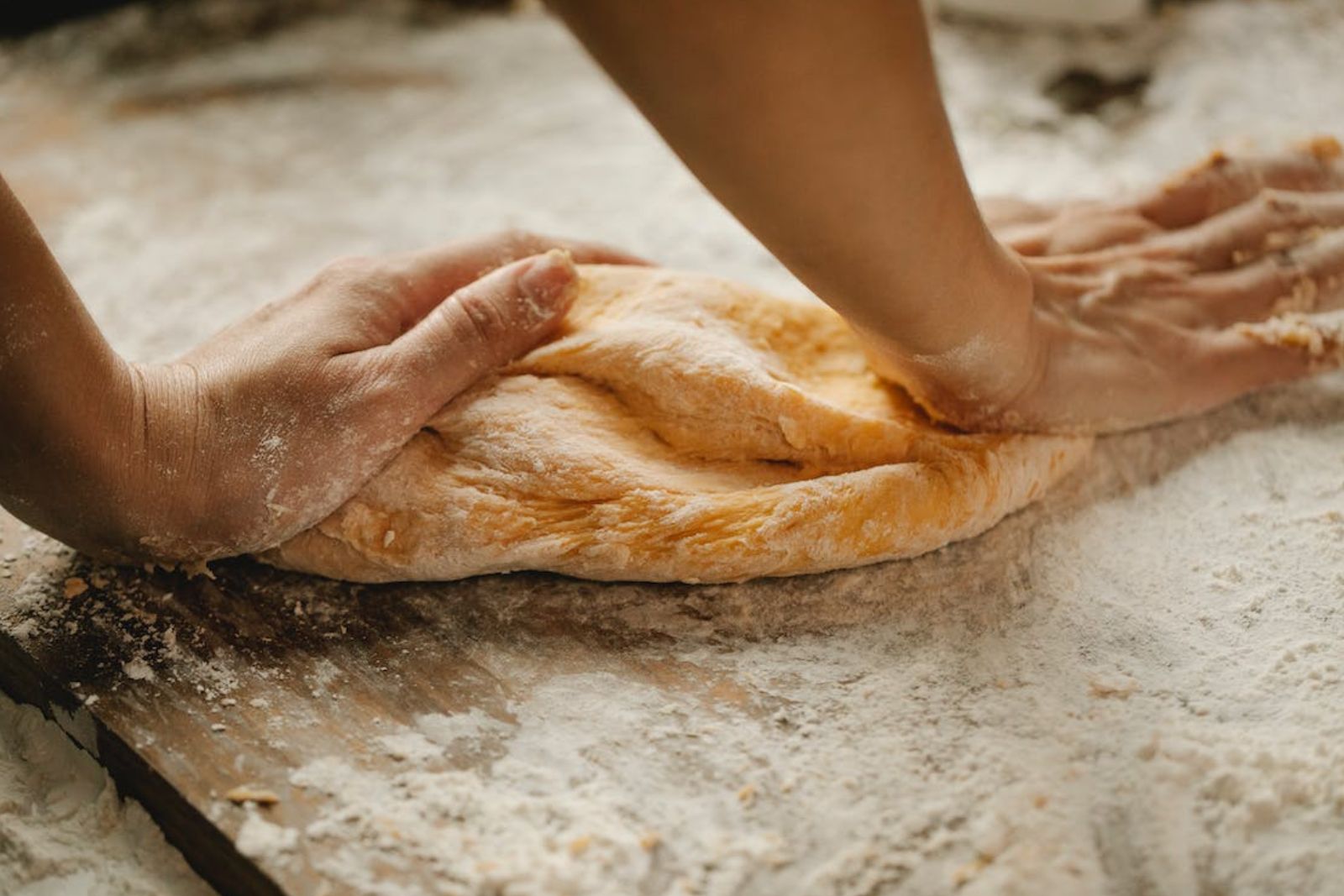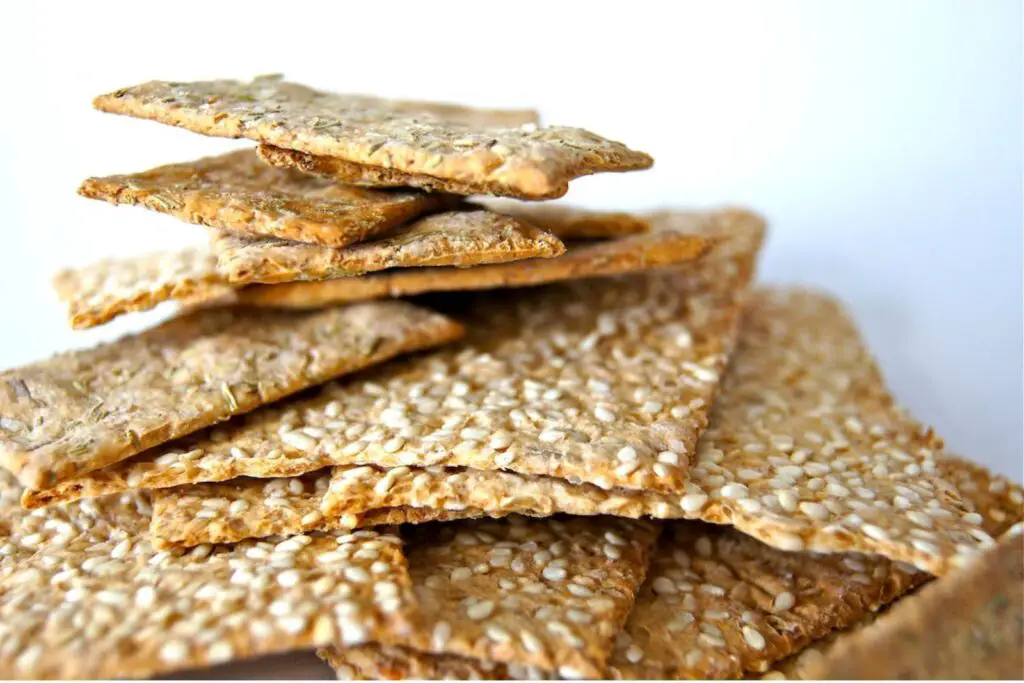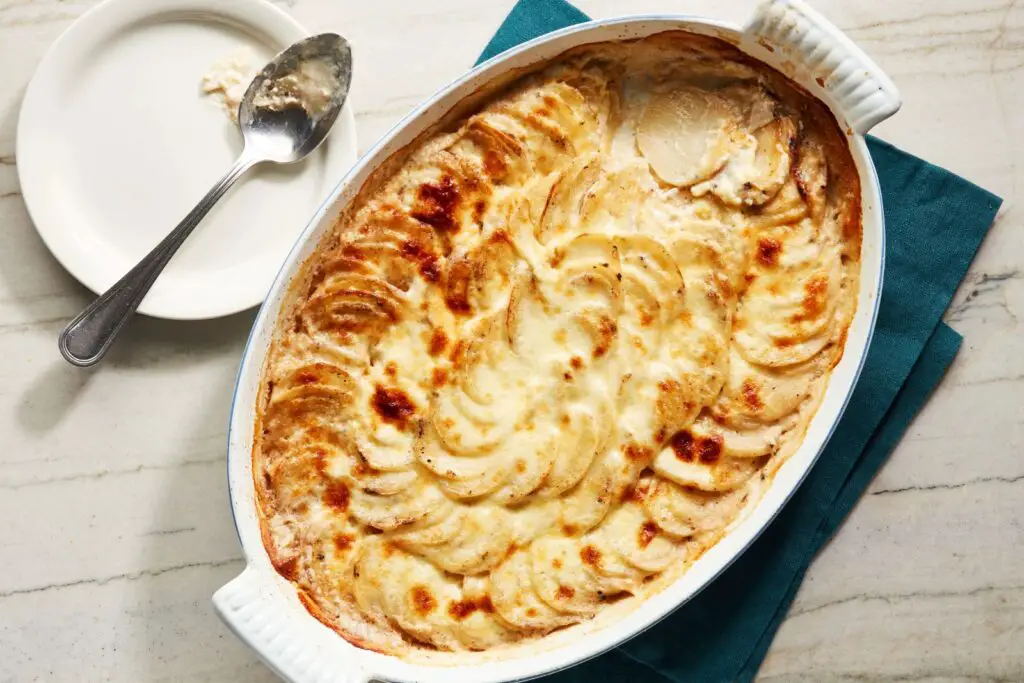
Bread flour is a key ingredient that plays a vital role in creating the perfect loaf of bread. Bread flour is a high-protein flour specially formulated for bread baking, providing the gluten strength and structure necessary for a light and airy texture. With its fine texture and higher protein content compared to all-purpose flour, bread flour gives bread that desirable chewiness and elasticity. Whether you’re a seasoned baker or just beginning to explore the joys of breadmaking, having bread flour on hand is essential. However, if you find yourself with excess bread flour or want to stock up for future baking projects, freezing it is a great way to preserve its freshness and extend its shelf life. In this guide, we’ll delve into the process of freezing bread flour, offering helpful tips and techniques to ensure that it maintains its quality and performance. So whether you’re planning to bake a batch of homemade baguettes, artisan loaves, or even pizza dough, freezing bread flour allows you to have a readily available supply of this essential ingredient whenever the baking inspiration strikes.
Here are the simple steps to freeze bread flour:
Step 1: Select Fresh Bread Flour
To begin the process of freezing bread flour, it is crucial to choose a high-quality flour that is fresh and in optimal condition. Here’s why this step is important:
- Quality assurance: Selecting fresh bread flour ensures that you start with a product that is at its best in terms of texture, taste, and performance. Fresh flour will have a better baking outcome compared to flour that has been stored for a long time or is nearing its expiration date.
- Spoilage prevention: By choosing bread flour that is free from any signs of spoilage, such as mold or an off odor, you can avoid freezing flour that may already be compromised. Freezing flour that is already spoiled will not improve its quality and may even affect the final baked goods negatively.
- Check the expiration date: The expiration date printed on the packaging provides valuable information about the freshness and shelf life of the bread flour. Make sure to verify that the flour is still within its recommended use-by date. This ensures that the flour has not exceeded its optimal storage period and is suitable for freezing.
By carefully selecting fresh bread flour, you set a solid foundation for freezing it successfully. The quality of the flour you choose will directly impact the final results when you use it for baking after thawing. So take a moment to inspect the flour and check the expiration date before proceeding with the freezing process.
Step 2: Transfer to an Airtight Container
When freezing bread flour, it is essential to transfer it from its original packaging to an airtight container. Here’s why this step is important:
- Moisture protection: Bread flour is highly susceptible to moisture absorption, which can lead to clumping and spoilage. Transferring the flour to an airtight container creates a barrier against moisture, preventing it from coming into contact with the flour. This helps maintain the flour’s dryness and quality during freezing.
- Odor and flavor preservation: Airtight containers provide a seal that prevents the transfer of odors and flavors. When stored in the freezer, bread flour can potentially absorb unwanted smells or tastes from other food items. By using an airtight container, you create a protective barrier that keeps the flour free from any undesirable odors or flavors.
- Enhanced organization: Using an airtight container allows for better organization in your freezer. It helps keep the flour neatly contained and prevents spillage or accidental opening of the packaging. Additionally, using containers of similar sizes or labeling them can further facilitate easy identification and retrieval of the frozen bread flour.
To transfer the bread flour, simply pour it into a clean, dry airtight container. Ensure that the container is suitable for freezing and has a secure lid or seal to maintain an airtight environment. This step helps safeguard the flour from moisture, odors, and flavors, preserving its quality until you’re ready to use it in your baking endeavors.
Step 3: Label the Container
After transferring the bread flour to an airtight container for freezing, it is important to label the container clearly. Here’s why this step is important:
- Content identification: By labeling the container with the word “bread flour” or simply “flour,” you can easily identify its contents without having to open or guess each container. This is especially helpful when you have multiple containers in the freezer, preventing any confusion or mix-up with other ingredients.
- Date of freezing: Alongside the content identification, it is crucial to include the date of freezing on the label. This allows you to keep track of how long the flour has been stored in the freezer. Knowing the freezing date helps you maintain a rotation system, ensuring that you use the oldest flour first and preventing it from being forgotten and left unused for an extended period.
- Freshness control: By noting the date of freezing, you can monitor the freshness of the bread flour. Over time, even when properly frozen, flour may begin to lose some of its quality or develop freezer burn. Having the freezing date clearly labeled allows you to gauge the approximate duration for which the flour has been stored and make informed decisions about its usability.
To label the container, use a marker or apply a label directly on the container’s surface. Include the necessary information such as the content (bread flour) and the date of freezing. Place the label in a visible area to easily identify the flour and its freezing timeline. By labeling the container, you create an organized system that helps you manage your frozen bread flour inventory effectively.
Step 4: Place in the Freezer
Once you have properly labeled the airtight container containing the bread flour, it’s time to place it in the freezer. Here’s why this step is important:
- Temperature control: The freezer provides a controlled environment with low temperatures, which is essential for preserving the freshness and quality of the bread flour. Placing the container in the freezer ensures that the flour remains at a consistently cold temperature, inhibiting any microbial growth or spoilage.
- Protection from damage: When placing the container in the freezer, it’s important to choose a suitable spot where it won’t be crushed or damaged. Avoid placing it near heavy items or in a location where it might be easily knocked over. Protecting the container from physical damage ensures that the flour remains intact and free from any contaminants.
- Avoiding temperature fluctuations: Fluctuating temperatures can negatively impact the quality of the frozen bread flour. It’s important to find a spot in the freezer where the container won’t be exposed to frequent temperature changes, such as near the door or in a location prone to temperature variations. Consistency in temperature helps maintain the integrity and texture of the flour.
When placing the container in the freezer, make sure it is positioned securely and won’t be disturbed. Leave enough space around the container to allow for proper airflow, ensuring even freezing and maintaining the desired temperature. By carefully selecting a suitable spot in the freezer, you provide an optimal environment for preserving the bread flour’s quality until you’re ready to use it.
Step 5: Thaw the Frozen Bread Flour
After freezing the bread flour, it’s time to thaw it when you’re ready to use it. Thawing properly is crucial to ensure that the flour is ready for incorporation into your recipes. Here’s why this step is important:
- Temperature adjustment: Thawing the frozen bread flour allows it to return to a workable temperature. Bringing the flour to room temperature before using it ensures that it blends smoothly with other ingredients in your recipes and contributes to the desired texture and consistency of the final baked goods.
- Moisture distribution: Thawing the bread flour gradually at room temperature allows any moisture that might have formed during freezing to distribute evenly. This helps prevent clumping or uneven hydration when the flour is mixed with other ingredients in your baking projects.
- Thawing time: The thawing time required for bread flour depends on the quantity of flour and the ambient temperature. Thawing can take several hours or even overnight. It’s important to plan ahead and allow sufficient time for the flour to thaw completely before using it in your recipes.
To thaw the frozen bread flour, follow these steps:
- Remove the container from the freezer and place it in a dry and clean area at room temperature.
- Allow the flour to thaw naturally without applying any heat source or direct sunlight.
- Depending on the quantity of flour and the initial temperature, it may take several hours or overnight for the flour to thaw completely.
- Periodically check the flour during the thawing process to ensure it reaches room temperature and is free from any icy patches or clumps.
Once the bread flour has thawed completely and reached room temperature, it is ready to be used in your favorite baking recipes. Thawing the flour properly ensures that it can be seamlessly incorporated into your dough or batter, resulting in excellent texture and flavor in your finished baked goods.
Other related questions
How long can bread flour last in the freezer?
Bread flour can last in the freezer for up to 1 year when stored properly. The freezing temperature helps preserve the flour’s quality by slowing down the degradation process. To maintain its freshness, it is important to store bread flour in an airtight container, away from moisture and odors, and label it with the freezing date for reference.
Can you refreeze bread flour?
It is generally not recommended to refreeze bread flour once it has been thawed. Refreezing can lead to further moisture absorption, clumping, and degradation of the flour’s quality. To maintain the best results, it is advisable to portion the flour appropriately before freezing and only thaw the amount needed for each use.
How do I know if the bread flour has gone bad after being frozen?
To determine if frozen bread flour has gone bad, there are a few signs to look for. Check for any signs of mold, unusual discoloration, or off odors, as these indicate spoilage. Additionally, if the flour has developed clumps, excessive moisture, or an unpleasant taste, it is best to discard it and use fresh flour for optimal results in your baking endeavors.
Can I add yeast to the bread flour before freezing?
It is not recommended to add yeast to bread flour before freezing. Yeast is a living organism that requires specific conditions to thrive, including a warm environment for activation. Freezing the bread flour with yeast can negatively affect the viability and performance of the yeast, resulting in poor fermentation and potentially impacting the quality of the bread. It is best to add yeast when you are ready to use the bread flour in your recipes, allowing for optimal yeast activation and fermentation.
Does freezing flour affect baking?
Freezing bread flour can have some effects on baking, but they can be minimized with proper handling. Freezing can cause changes in the moisture content and texture of bread flour, potentially impacting the final texture and structure of baked goods. It is important to thaw the flour properly and consider adjustments to hydration or mixing techniques to compensate for any changes in the flour’s characteristics, ensuring optimal baking results.
Does freezing bread flour prevent bugs?
Freezing bread flour is an effective method to prevent and control bugs that may be present in the flour. The freezing temperatures halt the development of insect eggs and larvae, effectively eliminating the risk of infestation. By freezing bread flour, you can ensure its long-term storage without the worry of bugs compromising its quality and safety.








